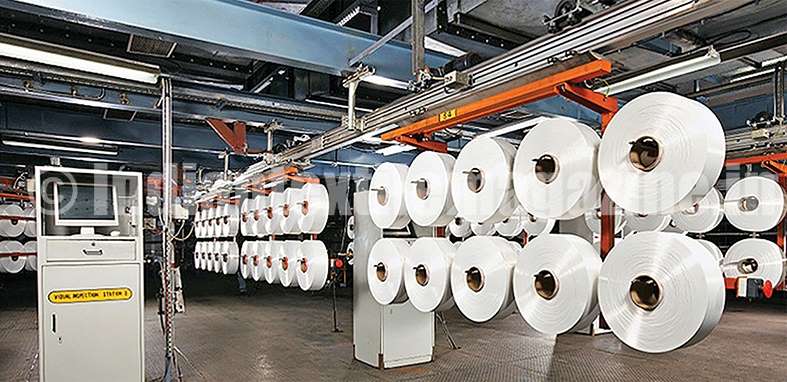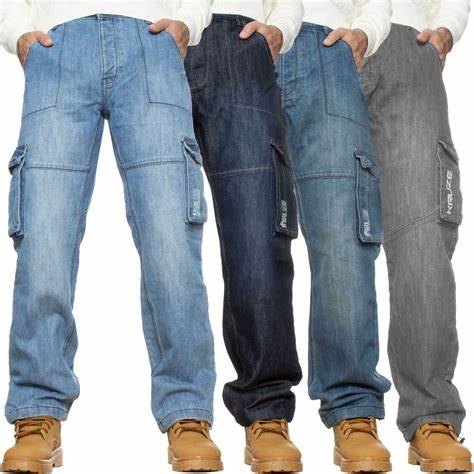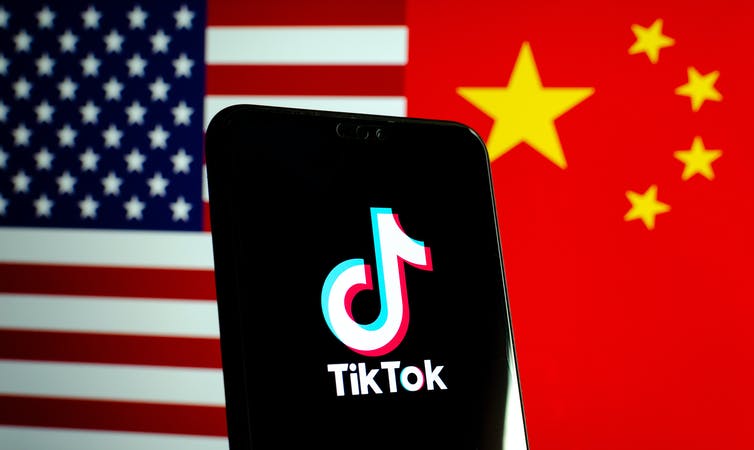
India's polyester industry, a significant contributor to the nation's textile sector, is passing through a complex landscape with fluctuating raw material prices, a growing domestic demand, and reliance on imports to bridge the supply gap.
Domestic demand
India's burgeoning middle class and rising disposable incomes have resulted in consistent demand growth for polyester products. This translates into a robust appetite for MEG (mono-ethylene glycol) and PTA (purified terephthalic acid), the key raw materials for polyester production, in India. While precise figures for domestic demand by volume are challenging to obtain, industry estimates suggest a steady annual growth rate of 6-8 per cent in recent years. This growth is driven by increased consumption of polyester fibers in apparel, home textiles, and industrial applications.
Domestic production and supply
Despite being a major polyester producer, India's domestic production of MEG and PTA falls short of meeting the surging demand. Reliance Industries (RIL) dominates the domestic production landscape, with a significant share of the market. However, other players like JBF Petrochemicals and MCPI also contribute to the supply chain.
|
Year |
MEG Production |
PTA Production |
|
2021 |
1,200 |
3,500 |
|
2022 |
1,300 |
3,800 |
|
2023 |
1,400 |
4,100 |
Source: Industry estimates and company reports
The deficit between domestic production and demand necessitates significant imports of MEG and PTA. India primarily imports these raw materials from countries like China, Taiwan, South Korea, and the Middle East.
Table: Estimated MEG and PTA imports (in metric tons)
|
Year |
MEG imports |
PTA imports |
|
2021 |
800 |
1,000 |
|
2022 |
900 |
1,200 |
|
2023 |
1,000 |
1,400 |
Price disparity
The price gap between imported and domestically produced MEG and PTA is a critical factor influencing the industry's profitability. While domestic prices are often influenced by local market dynamics and government policies, import prices are subject to global supply and demand forces, currency fluctuations, and freight costs.
Table: Average prices in Rs
|
Raw material |
Domestic price |
Import price |
|
MEG |
55-60 |
50-55 |
|
PTA |
80-85 |
75-80 |
This price difference, though seemingly small, can significantly impact the margins of polyester manufacturers, especially in a competitive market.
The polyester industry faces several challenges like volatile crude oil prices (which impact raw material costs), fluctuating import prices, and logistical bottlenecks. However, the government's focus on promoting domestic manufacturing and initiatives like the Production Linked Incentive (PLI) scheme offer hope. These measures are expected to boost domestic production and reduce reliance on imports in the long run.
Overall, the MEG and PTA scenario in India is mix of domestic production, imports, and price fluctuations. While the industry currently relies on imports to meet its raw material needs, efforts to boost domestic production are underway. The success of these initiatives will be crucial in determining the future trajectory of India's polyester industry.











